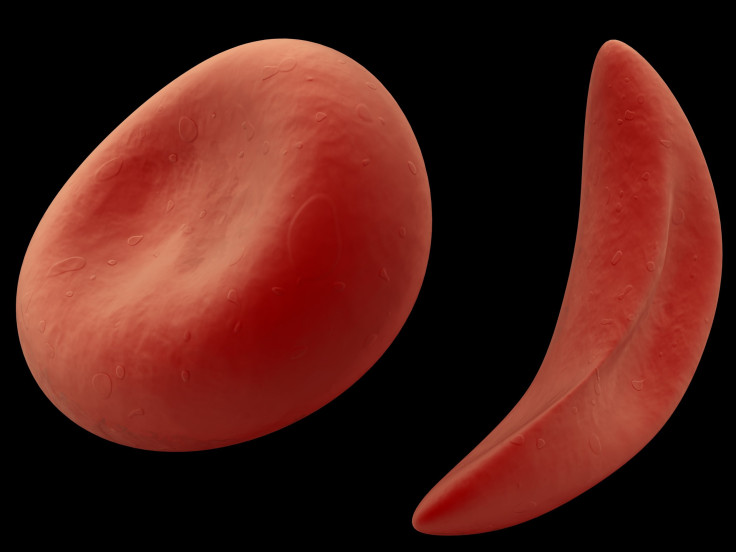World Sickle Cell Day 2014: Why Raising Awareness About This Condition Matters

June 19 is World Sickle Cell Day, meant to raise awareness about the disease that affects millions children every year and significantly reduces their quality of life.
The CDC calls the disease a “significant cause of mortality and morbidity that merits closer consideration,” leading to the deaths of up to 5 percent of children in some African countries. Millions of people worldwide, and thousands of Americans, suffer from this disease, which is inherited and most frequently found in people whose ancestors are from Africa, Mediterranean countries, the Arabian Peninsula, India, and some regions of South America. It occurs in about one in every 500 African American births, and one out of every 36,000 Hispanic American births.
People with the disease have two copies of the sickle globin gene, which produces an abnormal hemoglobin and red blood cells that have hemoglobin S instead of hemoglobin A. In sickle cell anemia, the most common form of sickle cell disease, the body makes sickle-shaped red blood cells that contain abnormal hemoglobin. These red blood cells are less functional and block blood flow, causing pain and organ damage, and increasing the risk for infection.
When sickle cell disease was first identified in 1948, patients did not have much hope to live past childhood. But research and improved treatments have caused the mortality rate among African American children to drop by 42 percent from 1999 to 2002, according to the CDC. However, sickle cell disease remains a major healthcare concern, as sickle cell disease-related hospitalizations place a burden on the healthcare system.
There is currently no cure for sickle cell anemia, but treatments such as blood and marrow stem cell transplants can help a small number of people, according to the National Heart, Lung, and Blood Institute. Other treatments include using over-the-counter pain medications for mild pain, along with heating pads, rest, and drinking plenty of fluids. Hydroxyurea is a type of therapy that makes your body create fetal hemoglobin, which can help red blood cells from sickling. A big part of sickle cell disease are the complications; infectons, eye damage, strokes, and other organ problems are potential consequences of the disease. Other medicines that researchers are currently investigating are Decitabine, which prompts the body to make fetal hemoglobin as well; and Adenosin A2a receptor agonists, which can reduce pain in sickle cell patients.
Published by Medicaldaily.com



























